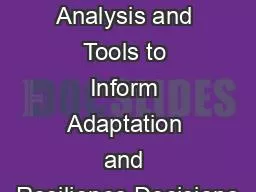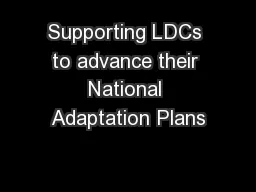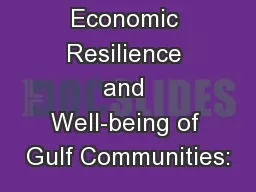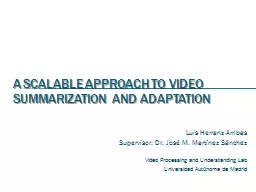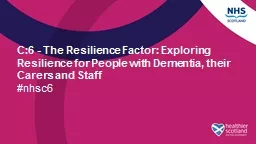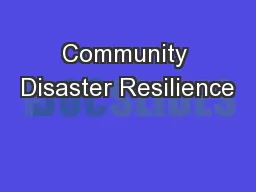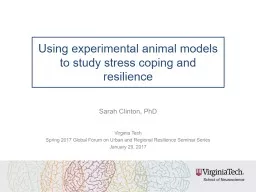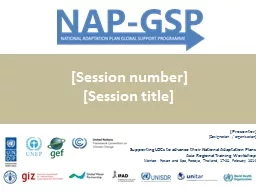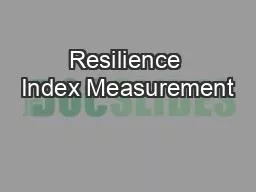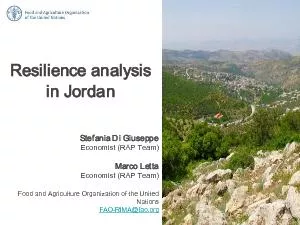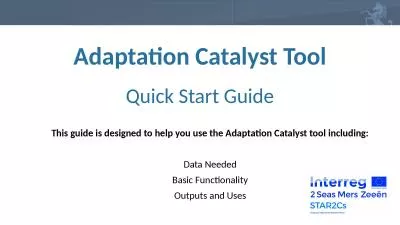PPT-Using Analysis and Tools to Inform Adaptation and Resilience Decisions
Author : vizettan | Published Date : 2020-07-03
the US n ational experiences Jia Li Climate Change Division US Environmental Protection Agency Climate Action 2016 Forum May 4 2016 1 Executive Order 13514
Presentation Embed Code
Download Presentation
Download Presentation The PPT/PDF document "Using Analysis and Tools to Inform Adapt..." is the property of its rightful owner. Permission is granted to download and print the materials on this website for personal, non-commercial use only, and to display it on your personal computer provided you do not modify the materials and that you retain all copyright notices contained in the materials. By downloading content from our website, you accept the terms of this agreement.
Using Analysis and Tools to Inform Adaptation and Resilience Decisions: Transcript
Download Rules Of Document
"Using Analysis and Tools to Inform Adaptation and Resilience Decisions"The content belongs to its owner. You may download and print it for personal use, without modification, and keep all copyright notices. By downloading, you agree to these terms.
Related Documents

